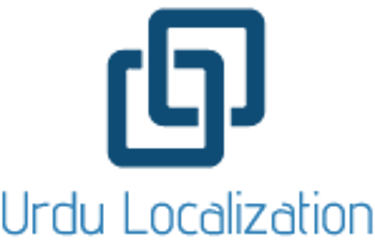
Future-Proofing Urdu Translation Careers in an AI-Driven Industry
2 min read

The translation industry is experiencing a dramatic shift with the rise of AI-powered tools. Machine translation engines are faster than ever, and clients are often tempted to save time and money by relying on them. For Urdu translators and localizers, this reality brings both opportunities and challenges. The demand for speed cannot be ignored, but neither can the fact that Urdu translation requires cultural sensitivity, contextual awareness, and nuanced understanding that no AI system can fully deliver. To stay relevant in this landscape, Urdu language experts must evolve, showing clients that human expertise is not just useful but irreplaceable.
AI as a Tool, Not a Threat
Instead of treating AI as the end of the profession, Urdu translators can embrace it as an aid. Machine output can be a starting point, but without human post-editing, it is riddled with errors, awkward phrasing, and cultural mismatches. Professional translators ensure that contextually complex Urdu words, idioms, and double meanings are handled accurately. AI may help increase productivity, but it cannot replicate the artistry of human communication.
The Rise of Post-Editing and Quality Assurance
Post-editing machine translation is becoming one of the most in-demand services in the language industry. For Urdu translation, this demand is especially high, as AI often fails to manage the script, sentence structure, and context. Translators who specialize in editing and refining AI-generated content demonstrate their unique value, turning raw machine text into polished, client-ready deliverables. This role not only highlights human expertise but also secures translators’ place in the evolving workflows of global clients.
Diversifying Roles in Language Services
Urdu translators and localizers can expand their role beyond word-for-word translation. By offering services in project management, localization testing, cultural consultancy, and content adaptation, they become essential partners in global expansion. For example, ensuring that a mobile app works seamlessly in Urdu script is not something AI can handle independently—it requires human intervention. Diversification ensures stability and increases earning potential.
Building Trust with Clients
Clients are not at fault for falling into the AI trap. They are often misled into thinking AI alone is enough. By delivering accurate, natural, and culturally aware Urdu translations, professionals can gently educate clients on the limitations of machine tools. Instead of resisting AI, showing how humans add value after the machine step creates trust and long-term collaboration.
The Global Demand for Urdu Expertise
Urdu is spoken by over 230 million people worldwide. With its growing digital footprint in Pakistan, India, the Middle East, and diaspora communities, the need for professional Urdu translators and localizers is increasing. Whether for legal contracts, e-commerce platforms, or government services, clients realize that their projects cannot succeed without human Urdu expertise.
Urdu translators who adapt, embrace new tools, and expand their services will not only survive the AI wave but thrive in it. The industry is shifting, but the value of human expertise remains as essential as ever. For every machine output, it is the human translator who ensures the final product builds trust, accuracy, and cultural connection.
